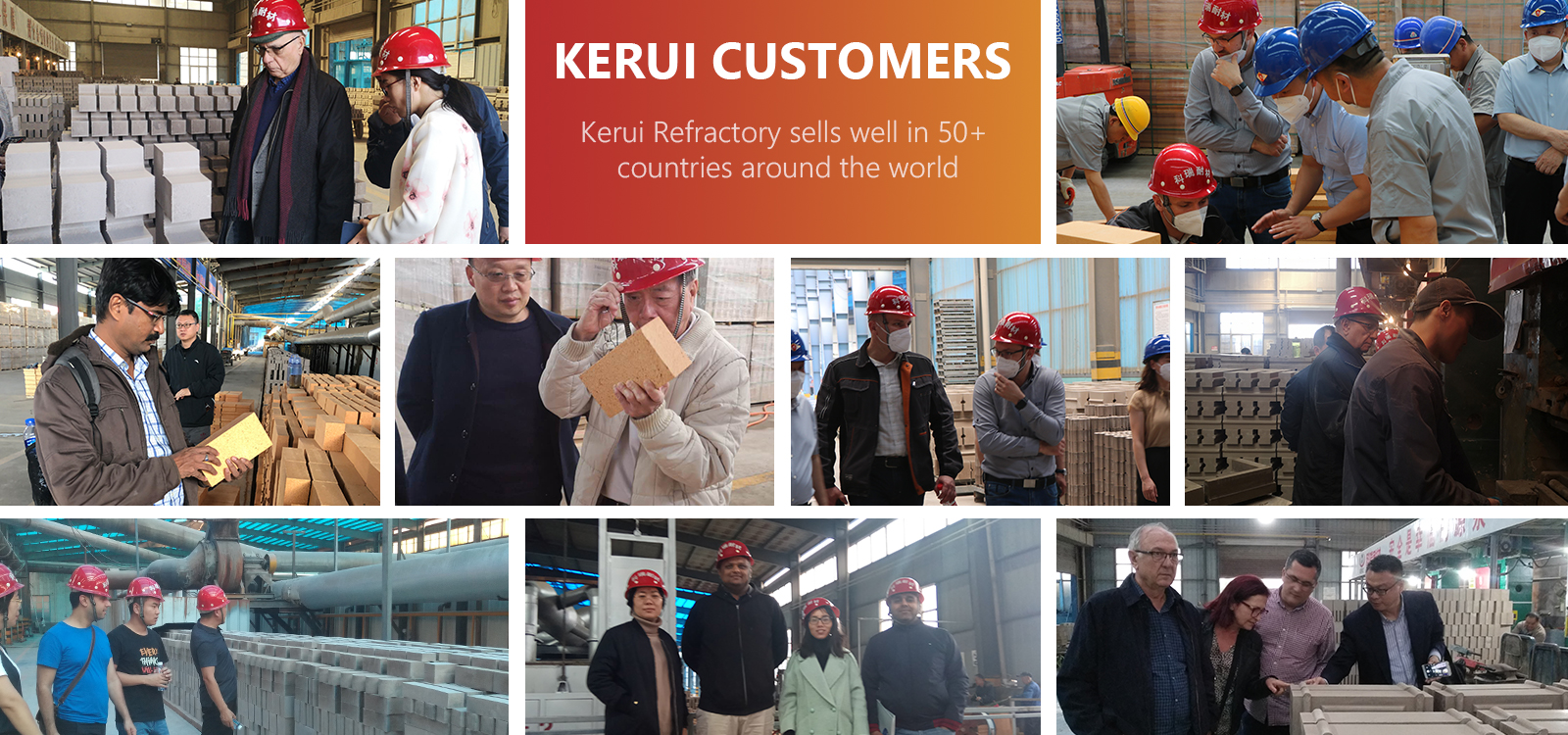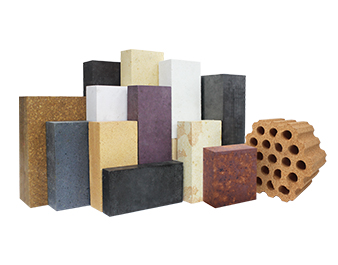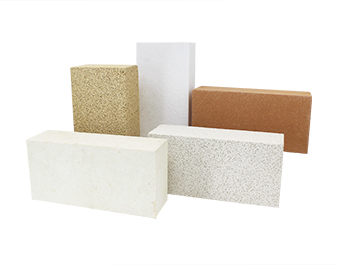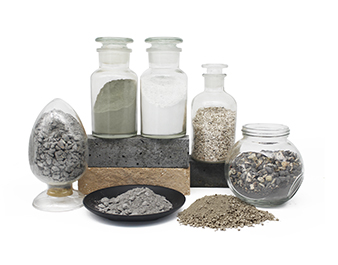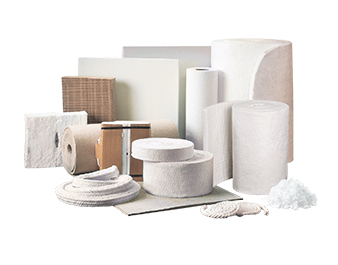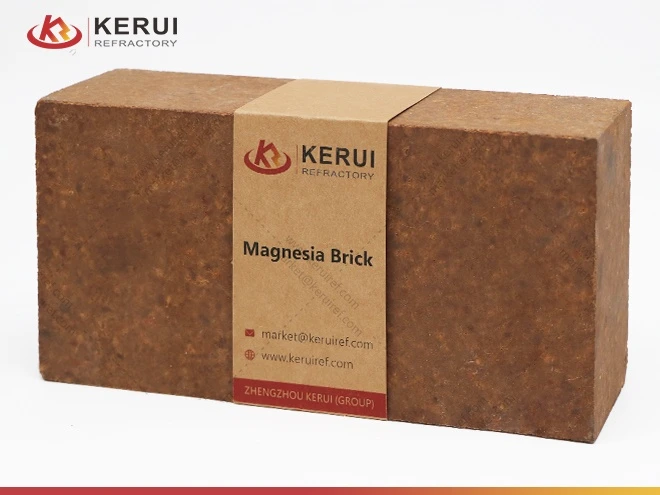
熔融氧化镁砖的描述
熔结菱镁矿砖是以氧化镁含量大于 90% 的菱镁矿为原料,以辉绿岩为主要晶相,经粉碎、碾压、成型、烧成和高温干燥而成。镁砂砖主要用于电炉、隧道窑、回转窑和玻璃窑炉,具有耐火度高、抗碱渣侵蚀性好等特点。

熔融氧化镁砖的技术数据
| 项目 | 熔融镁砖 | ||||
|---|---|---|---|---|---|
| 等级 | FMB-92 | FMB-95 | FMB-96 | FMB-97 | FMB-98 |
| MagO (%) | 92.5 | 95.2 | 96.1 | 96.65 | 97.2 |
| 氧化钙(%) | 1.8 | 1.55 | 1.35 | 1.3 | 0.98 |
| 二氧化硅 (%) | 3.5 | 1.95 | 1.32 | 1.1 | 1 |
| 0.2Mpa 负载耐火度 T0.6 ℃ | 1600 | 1700 | 1700 | 1701 | 1702 |
| 冷压强度(兆帕) | 80 | 85 | 85 | 84 | 86 |
| 体积密度 g/cm³ | 2.96 | 2.98 | 3.05 | 3.06 | 3.08 |
| 表观孔隙率 % | 15.5 | 15.2 | 14.7 | 14.8 | 14.6 |
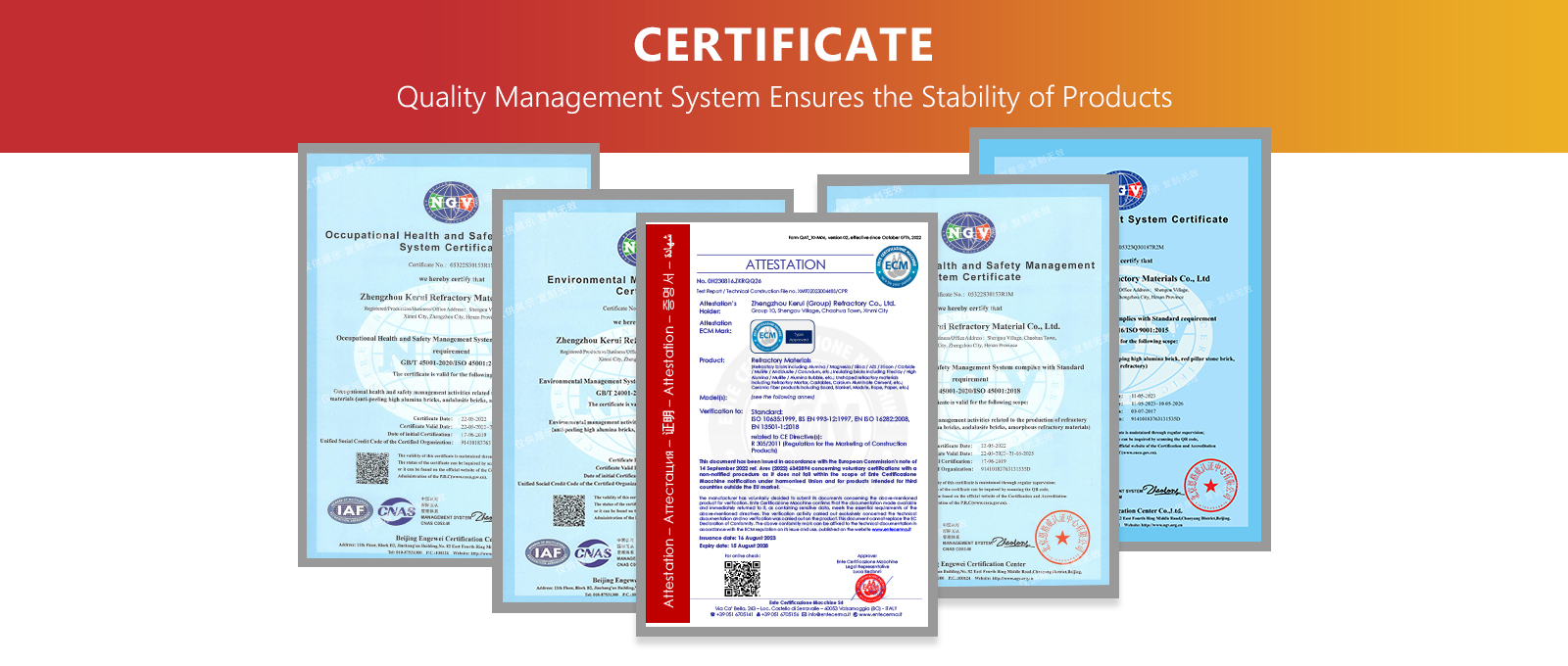
熔融氧化镁砖的应用
熔融镁砖广泛应用于各种高温工业领域。在炼钢炉中,它们被用来建造内衬,以抵御高温和腐蚀性熔渣。在玻璃窑中,它们可以承受高温玻璃熔体的侵蚀。它们还应用于水泥回转窑和有色金属熔炼炉,为确保这些高温设备的正常运行发挥着至关重要的作用。
熔融镁砖的优点
1.Slag resistance. Magnesia bricks are basic refractory bricks. They have strong resistance to alkaline slags such as CAO and FEO. They are often used as masonry materials for alkali kilns, but they have poor resistance to acid slags and cannot be contacted with acid refractories.
2.High refractoriness. Magnesia bricks have the highest refractoriness of general refractory bricks, which can reach 2000 degrees.
3.Good thermal conductivity and Hydration, but poor high temperature volume stability.
4.High loading softening temperature between1500-1550 degrees.
